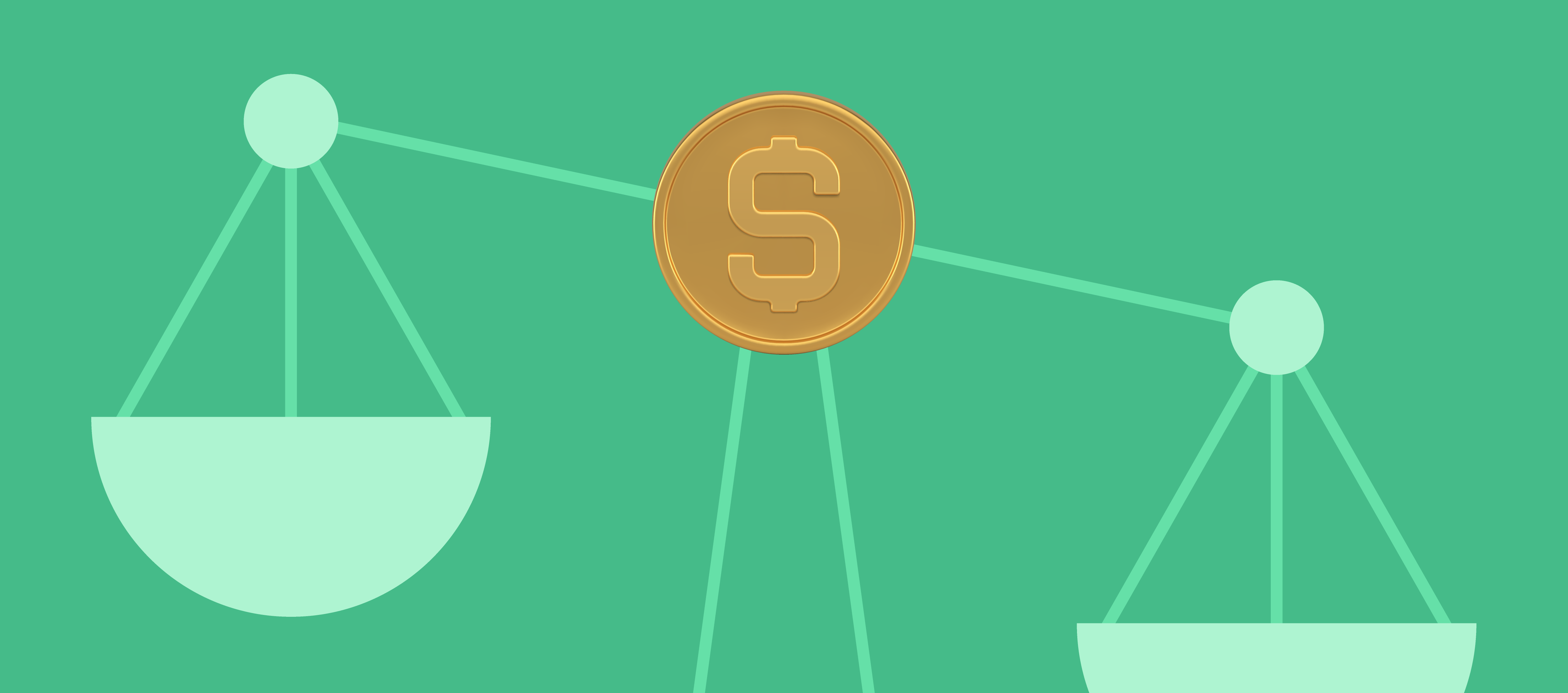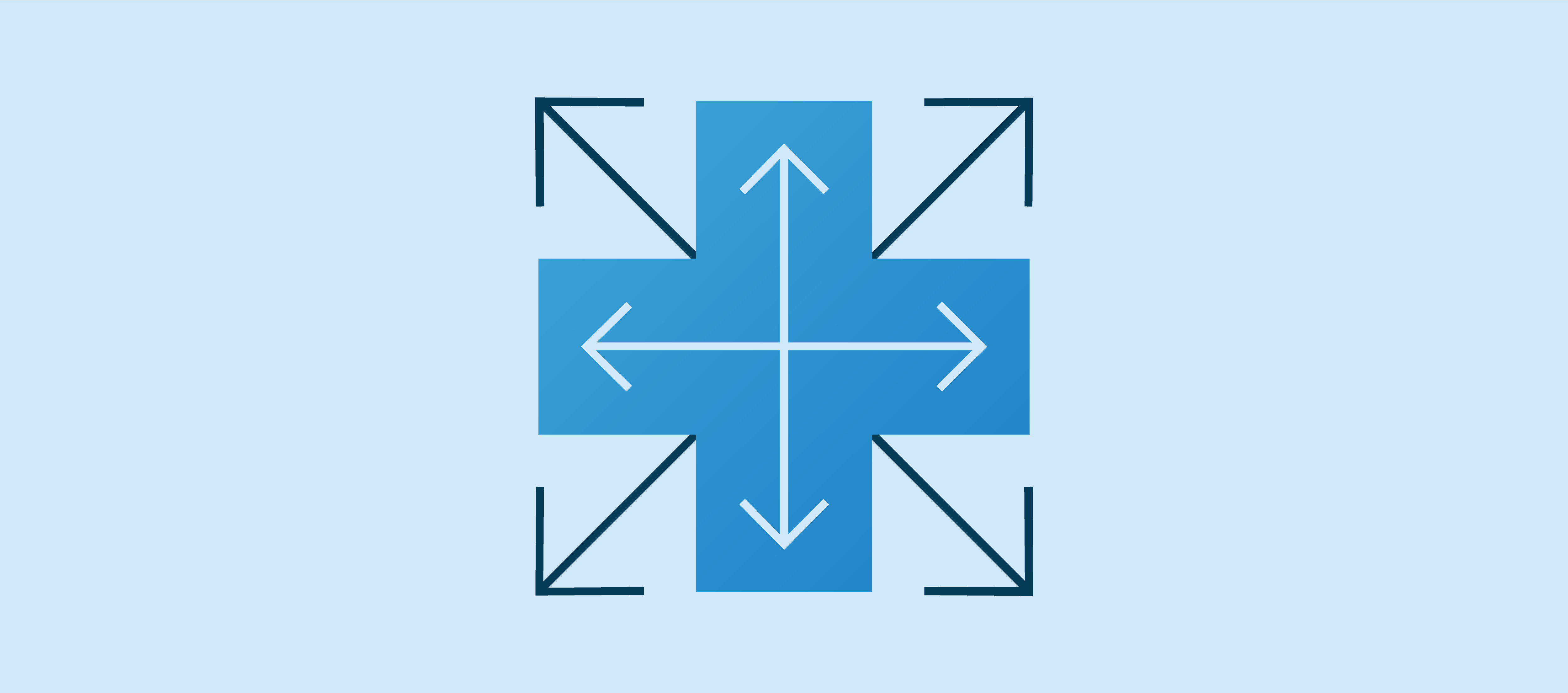Healthcare marketers don’t have to choose between protecting consumer privacy and tracking their digital ROI.

The majority of Tennesseans in both political parties said they are worried about gun violence reaching their family and broadly support currently proposed legislation to address it.

The five largest not-for-profit health systems in the country – measured by annual discharges – have operating incomes ranging from $440 million to $1.7 billion. Meanwhile, the largest payers – measured by covered lives – enjoy operating incomes anywhere from $1.3 billion to $28.4 billion.
Provider leadership teams should take this differential into consideration when it comes to contract negotiations and be open to these three takeaways.
- Public perception is skewed. Although the public is far more likely to believe that payers – not providers – put profits over patients, payers typically get a pass when it comes to outcry over U.S. healthcare’s costs and shortcomings because they are nameless and faceless. After all, people don’t walk into their local insurance office to get tonsils removed and flu shots administered.
-
Payers’ deep pockets may give them a negotiating edge over unprepared providers. Payers may be disliked, but they can still deploy their profits to the benefit of their negotiations, pushing public opinion and influencing regulators and lawmakers. This can be effective, particularly if providers stay silent.
-
Turn this potential payer advantage into a weakness. The message about relative profits may resonate with employers and negotiators – who may be better positioned to put pressure on the insurance company.
2. To best leverage public advocacy, focus messaging on how you’re using your resources to help people get the care they need and make their healthcare financial journey easier.
-
Remember, your “David vs. Goliath” view is different from the public’s perception. In your advocacy work, resist the urge to make the debate about your finances. Because while a health system may be the little guy up against a behemoth payer, to individual patients, that same health system looks like Godzilla. Focusing on your position could backfire when community members see two giant organizations that make a lot of money fighting over money—with the patient caught in a tug-of-war in the middle.
3. Know your numbers and be transparent and consistent about them – with all stakeholders. And activate judiciously.
- Know what numbers you’re talking about. Different stakeholders will care about different numbers. For example, employers may be interested in a comparison of your profits and those of the big insurance company you’re up against. They’ll recognize that their rates are going up along with payer profits … even as your margins remain razor-thin or negative.
-
Call out opacity from payers. You can bet on insurance companies use of confusing numbers to their favor. One notable way of doing this is slicing and dicing provider price transparency data in ways that advance the payer narrative. For example: “Nonprofit, government hospitals charge more than for-profit facilities for brain imaging.” Know that they’ll come to the negotiating table with whatever cut of data makes them look weakest so they can push for more.
Need help?
If you’re facing a tense payer negotiation, anticipating one or simply looking to proactively prepare, know that Jarrard’s strategic communications experts can help you build advocacy that turbocharges your negotiating team’s efforts as they drive to a successful outcome.
Contributors: Kim Fox and Teresa Hicks
Image Credit: Shannon Threadgill

When the sun comes up tomorrow it will have been two weeks since we watched in abject horror as a mentally ill person blasted their way into The Covenant School – a few miles up the road from our Nashville office – and strolled the halls of the K-6 school, firing 152 rounds from an AR-15 and handgun.

Today’s difficult healthcare landscape means not-for-profit hospitals and health systems are relying on donor dollars more than ever. But without a savvy digital strategy, you could be missing out on much-needed support.
Is your development plan leaving money on the table?
Whether you’re a small community hospital or a national health system, the best way to take your fundraising game from good to great is by meeting people where they are and harnessing the unlimited potential the internet offers.
Research shows the bulk of small-dollar donations are made online, with an average gift amount of $177. And while the average age of all charitable donors is 64, the number of younger donors is increasing rapidly, with 84 percent of millennials giving to charity each year and overwhelmingly preferring to make their gifts online or via their mobile device.
Today’s donors aren’t waiting for you to send them a nickel in the mail — they’re online, and your story should be at their fingertips. Simply repackaging your direct mail piece into an email just won’t cut it anymore. Development officers need a dedicated approach that engages their audience and builds a compelling case for support.
Here are five steps you can take right now to level up your digital game.
- Sign up for Google Ad Grant and receive $10,000 each month for online advertising.
- Make sure your giving pages are accessible and easy to find on your organization’s website.
- Promote grateful patient stories on your social media channels and include a giving link.
- Add a donate button to the footer of all your emails.
- Explore online crowdfunding and peer-to-peer campaign platforms, which offer community members an easy way to create their own fundraisers for areas and programs they care about.
After all, the right strategy at the right time can help you:
- Reach new audiences and build your donor pipeline
- Engage existing donors in new, compelling ways
- Grow your reach more cost-effectively than direct mail or paid acquisition
The competition for prospective donors’ attention is fierce, and the best fundraisers are building sustainable, holistic strategies that reach them through multiple channels. Take stock of your fundraising plans and make sure you’re keeping up with the times.
Need help?
Know that Jarrard’s experienced team of healthcare fundraising and digital marketing experts stands ready to help build a customized digital strategy that will amplify your reach, bring your story to new eyes and attract the next generation of donors. Reach out using the form below and let’s get started.

Why did this political hot potato become cool enough to catch? The question is more than a disinterested political pondering.

For all the appropriately intense focus today on workforce retention, it is likely that sometimes – regretfully, unfortunately, but candidly – the best thing you can do for your team is to make it one member less.

Every healthcare leader is a communications artist. Words are your paints and prose is your medium.

Every year, on schedule, this spotlight would come and go with a few questions and, maybe, a bit of consternation in its wake. But now, the spotlight’s staying put and shining brighter on your leadership team and your board.